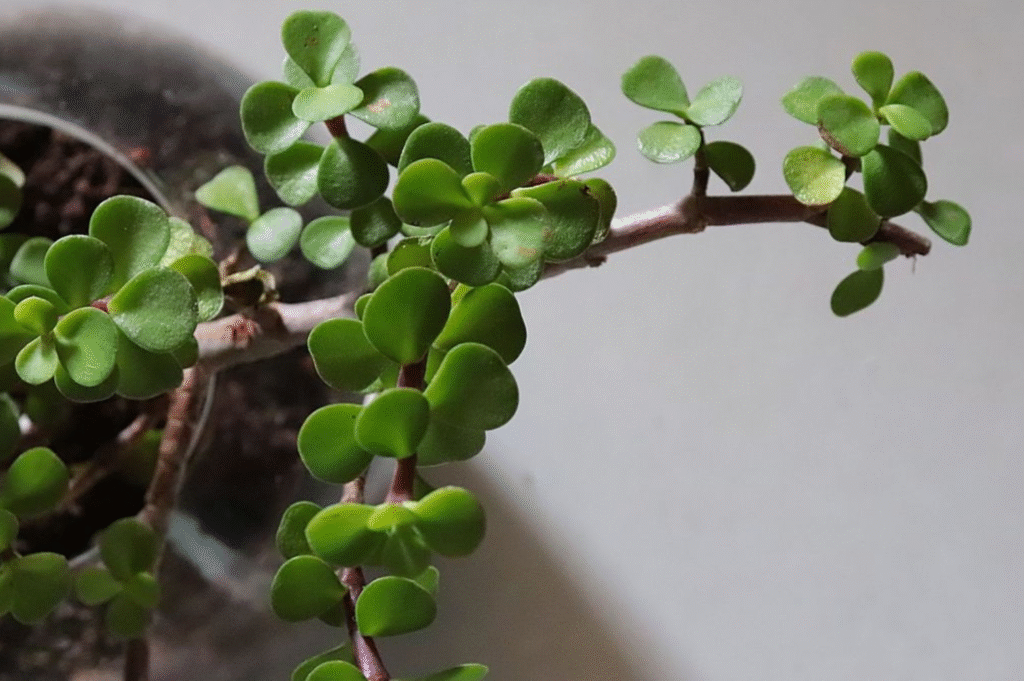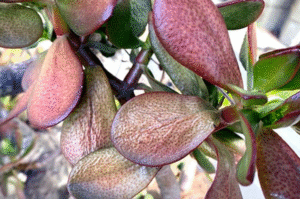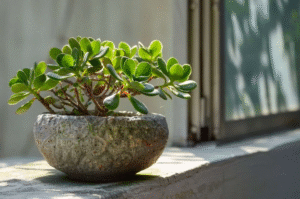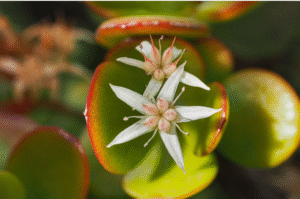Jade plants are one of the most popular and easy-to-grow indoor succulents. Known for their thick, shiny green leaves and strong stems, these plants are not only attractive but also easy to multiply at home. If you want to create more jade plants without buying new ones, propagation is the best way to do it.
In this article, we’ll walk you through how to propagate a jade plant using simple steps. You’ll learn which methods work best, what materials you need, and how to take care of your new plants.
What Is Propagation?
Propagation means creating a new plant from a part of an existing one, such as a leaf or stem. It’s an easy and cost-free way to grow more plants, especially with succulents like the jade plant (Crassula ovata), which roots easily.
Why Propagate a Jade Plant?
Here are a few good reasons to propagate your jade plant:
- You can grow multiple plants from just one.
- It saves you money, as you don’t need to buy new plants.
- It helps shape the original plant by removing leggy stems.
- New plants make great gifts for friends and family.
- It’s fun and a great way to learn plant care.
Best Time to Propagate Jade Plants
The ideal time to propagate jade plants is during spring or summer. This is their active growing season, which helps the cuttings root more quickly and healthily. Avoid propagating in cold or winter months, as the plant is usually dormant then.
Tools and Supplies You’ll Need
Before you begin, gather these simple tools:
- Clean scissors or pruning shears
- A small pot with holes at the bottom
- Succulent or cactus potting mix
- A healthy jade plant
- Optional: rooting powder (helps speed up root growth)
Methods to Propagate Jade Plant
There are two main ways to propagate a jade plant: leaf cuttings and stem cuttings. Both are easy and don’t require special gardening skills.
Method 1: Propagation from Leaf Cuttings
This is a slow but simple method, perfect for those who want to grow many new plants.
Step-by-Step Guide:
- Pick a Leaf:
Choose a fresh, healthy leaf from the jade plant. Gently twist it off the stem. - Let It Dry:
Place the leaf on a dry surface away from direct sunlight for 2–3 days. This allows the wound to dry, preventing rot. - Prepare Soil:
Fill a small pot with well-draining soil designed for succulents. - Place the Leaf on the Soil:
Lay the dried leaf on top of the soil. Do not bury it. - Water Lightly:
Mist the soil with water every few days, just enough to keep it slightly moist. - Wait for Roots:
After 2–3 weeks, you should see small roots or new baby plants growing at the base of the leaf. - Transplant When Ready:
Once the new plant is big enough, move it to its small pot.
Method 2: Propagation from Stem Cuttings
Stem propagation is faster and gives you a larger plant quicker.
Step-by-Step Guide:
- Choose a Healthy Stem:
Cut a stem about 3–4 inches long with at least a few leaves on it. - Remove Lower Leaves:
Take off the leaves from the bottom half of the stem. - Dry the Cutting:
Leave the stem in a dry place for 3–5 days until the cut end is sealed. - Plant in Soil:
Insert the dried stem into a pot with succulent soil. - Water Carefully:
Wait a few days, then lightly water. Water again only when the soil is completely dry. - Provide Light:
Place the pot in bright, indirect sunlight to help the roots grow. - Watch for Growth:
Within 2–4 weeks, new roots will grow, and your cutting will begin to form new leaves.
Bonus Method: Water Propagation (Optional)
Jade plants can also root in water, although it’s not the most common method.
How to Do It:
- Take a small stem cutting and remove the lower leaves.
- Place it in a glass with water, making sure only the stem touches the water.
- Keep it in a bright spot, but not in direct sunlight.
- Change the water every few days.
- Once roots appear (usually in 2–3 weeks), transfer the cutting to soil.
Note: Water propagation is fun to watch, but jade plants grow best in soil.
Light and Temperature
New jade cuttings prefer indirect sunlight, not direct sun. Too much light can damage them before they are strong enough.
The best temperature range for propagation is 18–24°C (65–75°F). Avoid cold spots or placing the pot near fans or air conditioners.
Watering Tips for New Cuttings
- Don’t water immediately after planting a cutting.
- Wait until the soil is completely dry before watering again.
- Overwatering is a common reason why cuttings fail.
- Use a spray bottle to mist if needed.
Common Mistakes to Avoid
| Mistake | What Can Happen |
| Planting without drying | The cutting may rot |
| Too much water | Roots may not form |
| Poor lighting | Cuttings grow slowly or become weak |
| Using regular soil | It holds water and causes rot |
| No drainage | Extra water can’t escape, leading to rot |
How Long Does It Take?
Propagation is not instant. Here’s a rough timeline:
- Leaf roots: 2–4 weeks
- New baby plant from leaf: 4–8 weeks
- Stem roots: 2–3 weeks
- Visible new growth: 3–6 weeks
Be patient and avoid disturbing the soil during this time.
Caring for Your New Jade Plants
Once your propagated jade plant is rooted, care for it like a mature plant:
- Water only when dry
- Give bright, indirect light
- Use cactus or succulent soil
- Avoid extreme cold
Over time, your small cuttings will grow into strong, healthy jade plants.
Final Words
Propagating jade plants is easy, even for beginners. You don’t need special tools or expensive supplies (just a healthy plant, a clean cut, and a little patience). Whether you use a leaf or a stem, jade plants root quickly and reward you with beautiful new growth.
Try propagating your jade plant today and enjoy the joy of watching new life grow right in your hands.






